The log cabin represent the archetypal pioneer or homesteading structure. For most of us it conjures up romantic images and notions of simpler times.
This style of building predates industrial building practices and fully represents the Do-It-Yourself lifestyle. It is one of the best known natural building styles and is hard to separate log cabins and early European inhabitations in North America.
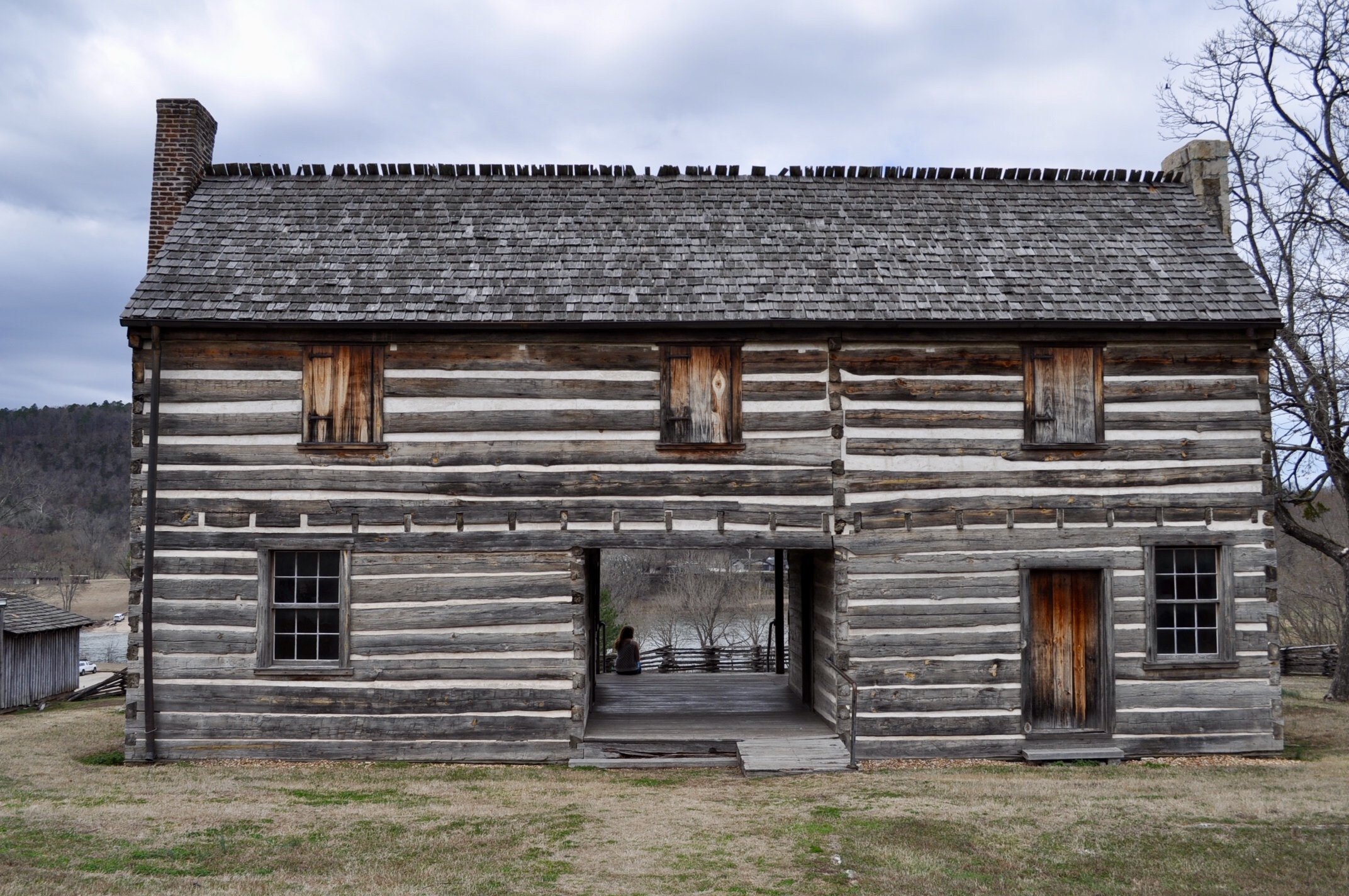
All photos I took of the Jacob Wolf House in Norfork, Arkansas. We stopped here yesterday after and were amazed at the architecture!
From the website,
Jacob Wolf was a merchant, builder of log structures, carpenter, and blacksmith. He was elected as a representative to the General Assembly of Arkansas Territory in 1826. The two-story dogtrot structure was constructed by Jacob Wolf in 1829 as the first permanent courthouse for Izard County in Arkansas Territory. The Wolf House sits in present-day Norfork (Baxter County) above where the White and Norfork rivers meet. The building served thousands of early settlers finding their way into the central highlands of north Arkansas. People from the surrounding area would set up temporary quarters on the grounds to socialize and participate in their favorite activities while court was in session. Notably, John P. Houston, brother of American legend Sam Houston, served as a county clerk in this courthouse. The site was used as a river port, center of trade, and as a seat of justice.
Log Cabin
Locally sourced and built
The log cabin is the ubiquitous structure built from the land.
Indigenous people have developed numerous structures using round poles longhouse, tipi, hogan and others. Each area developed different methods and used different species. When the European settlers arrived on this continent, they found vast forests and brought with them historical context and steel, elements that shaped the course of their structures.
Logs were abundant and metal implements made harvesting and shaping trees easier.
he early settlers and pioneers quickly erected the needed structure using hand tools and plenty of elbow grease. These building were all erected with yellow pine from the nearby hills. A talented hand hewed (squared off round logs) these logs and skillfully notched them for a tight fit.
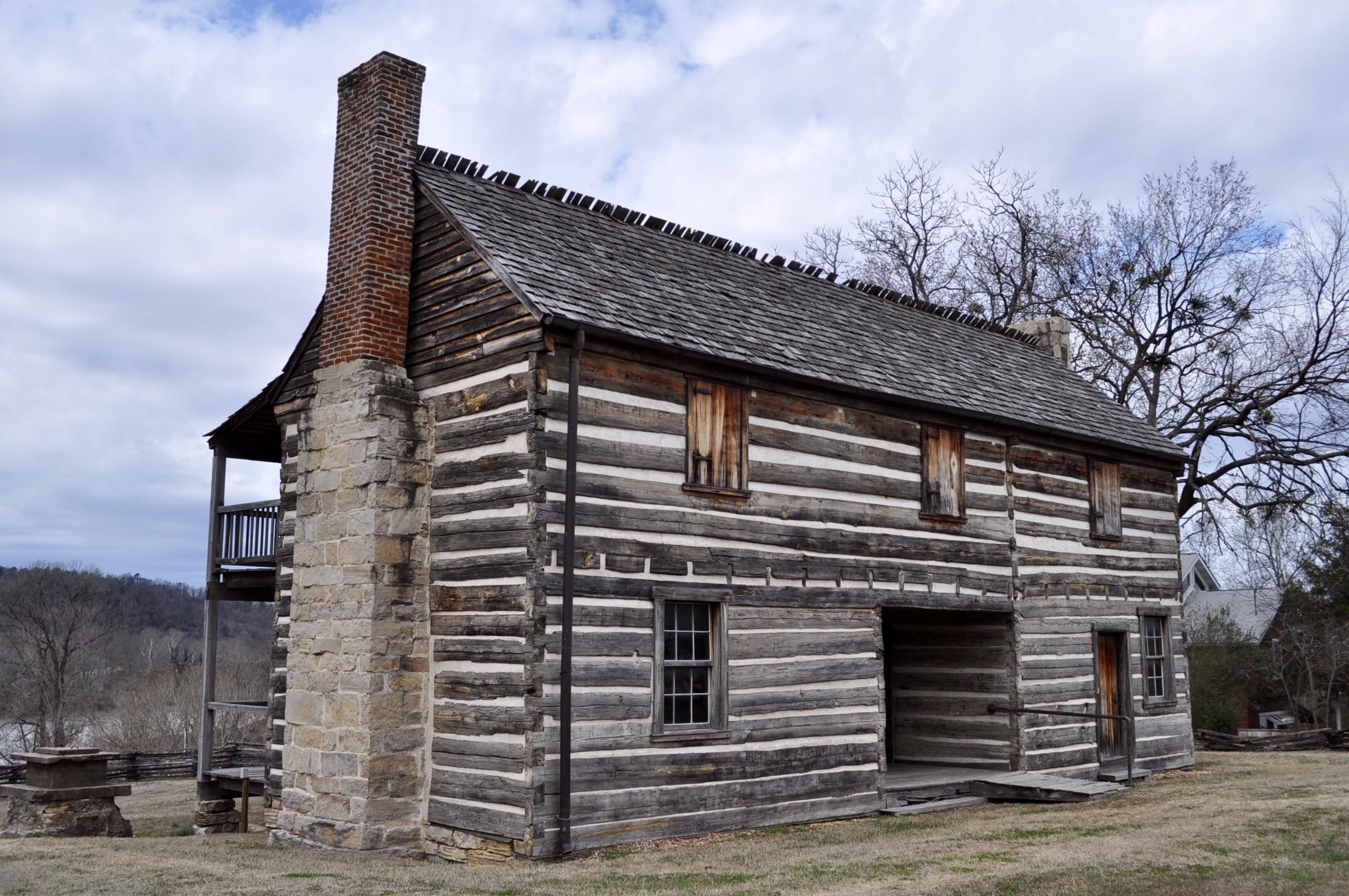
Gorgeous and functional architecture
This particular opening is known as a dogtrot or breezeway. It was used to provide shade and catch the breeze coming from the nearby river. The protected space was used for public gatherings.
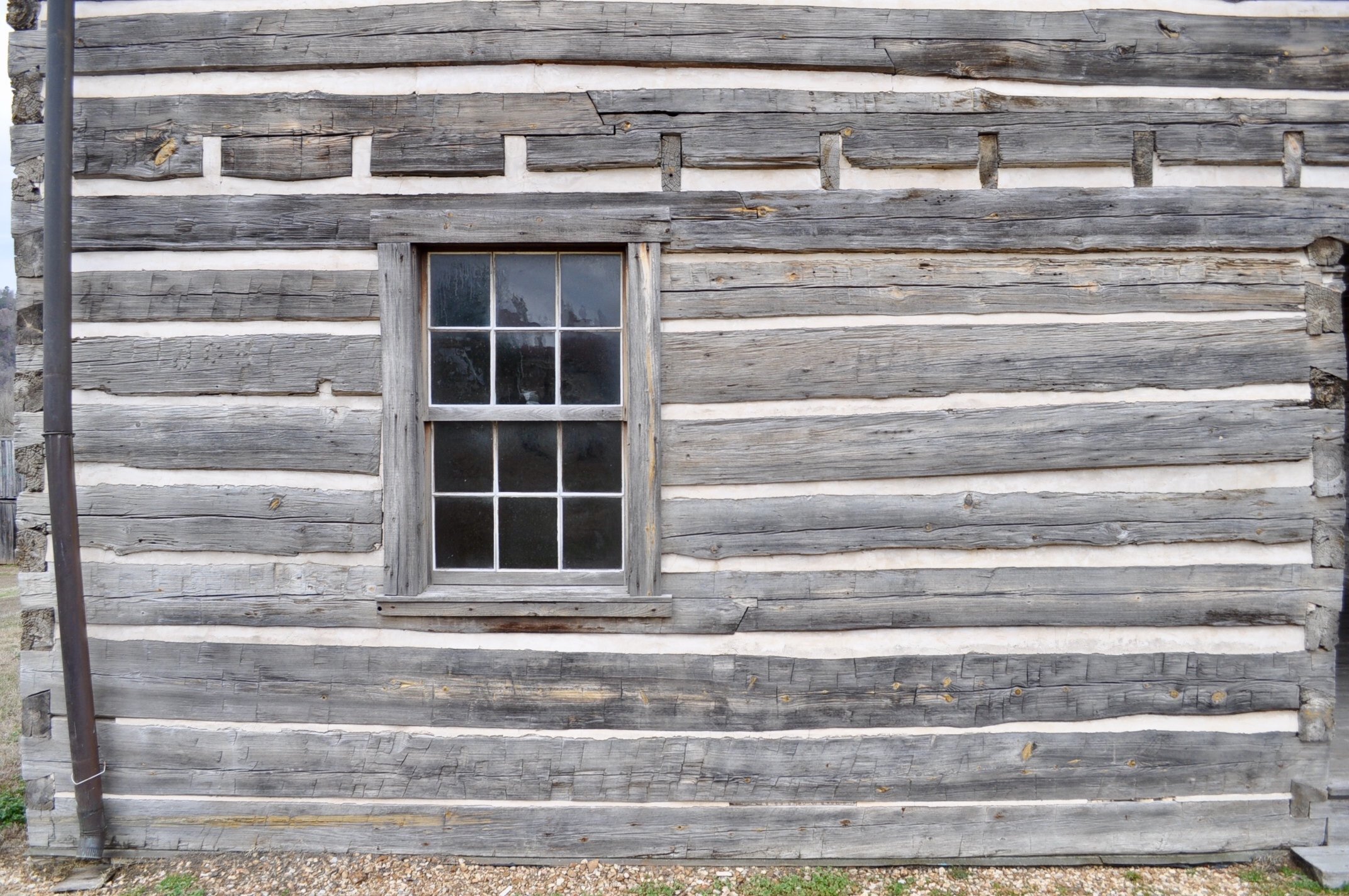
Chink detail
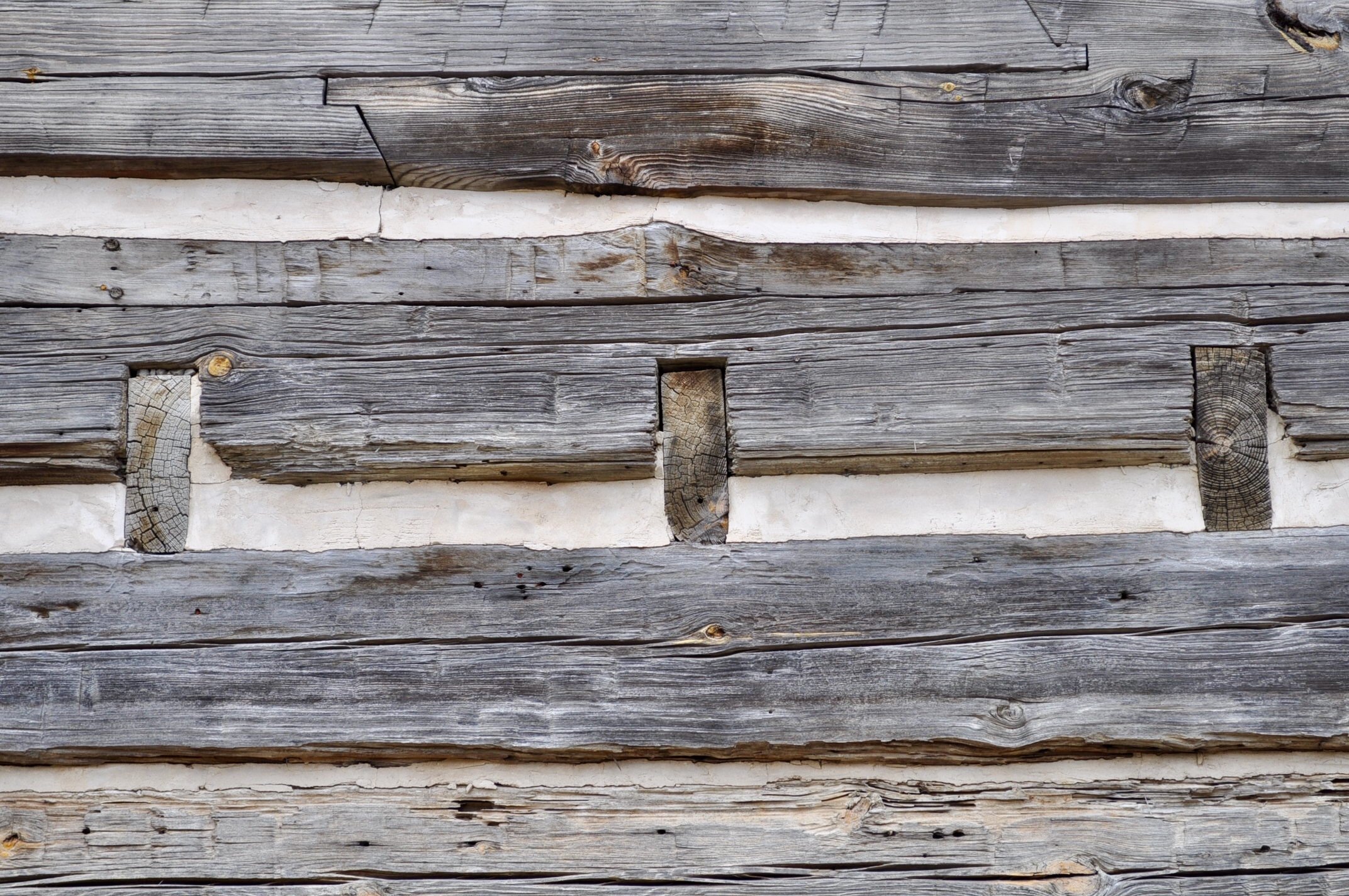
The spaces between the logs are filled (chinked) to seal the building. In this case t original chink (perhaps a mix of horse hair, clay and manure) was replace by a modern product. You can see the floor joists that span the interior and rest on the logs.
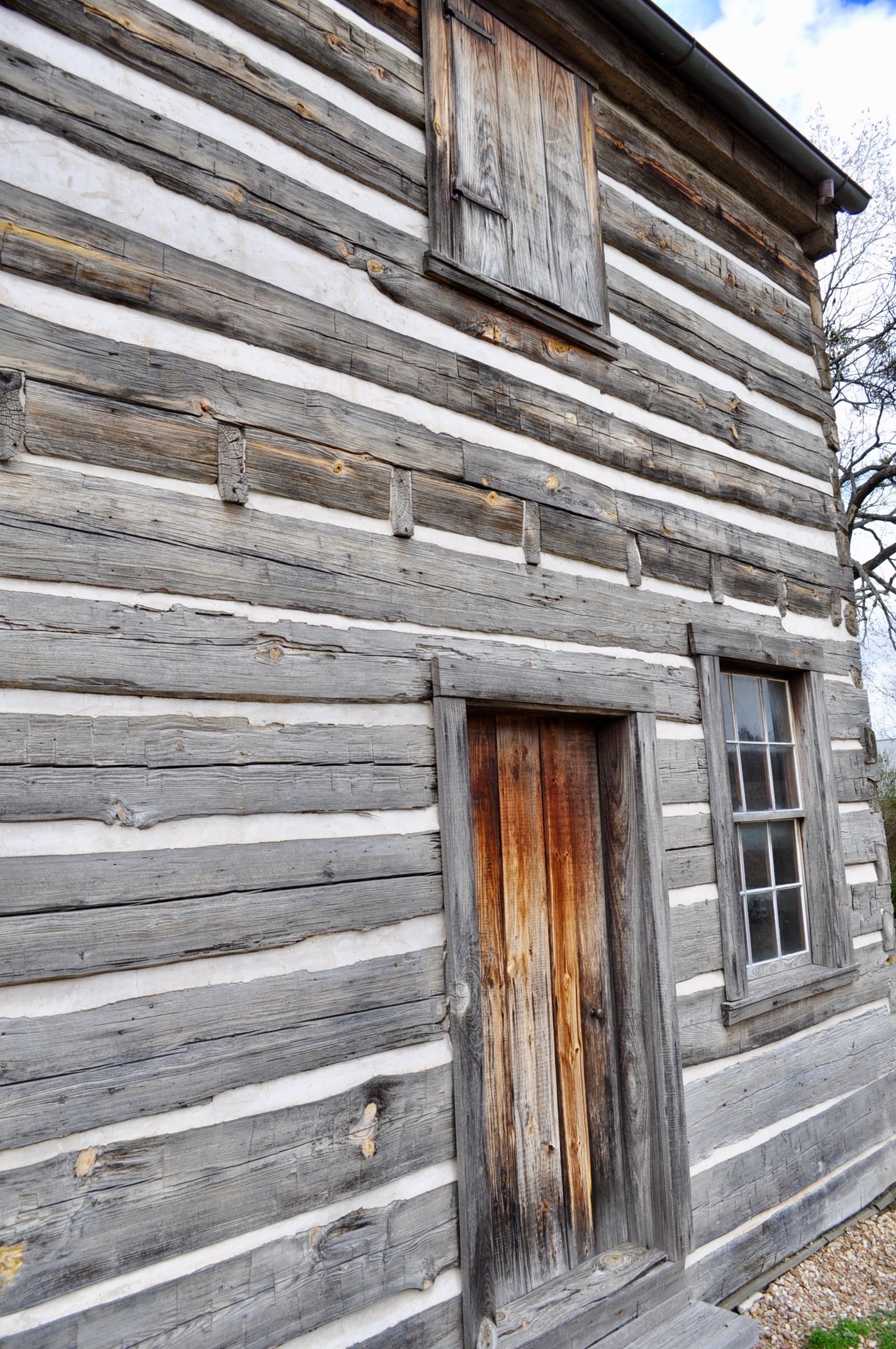
Weathered yellow pine
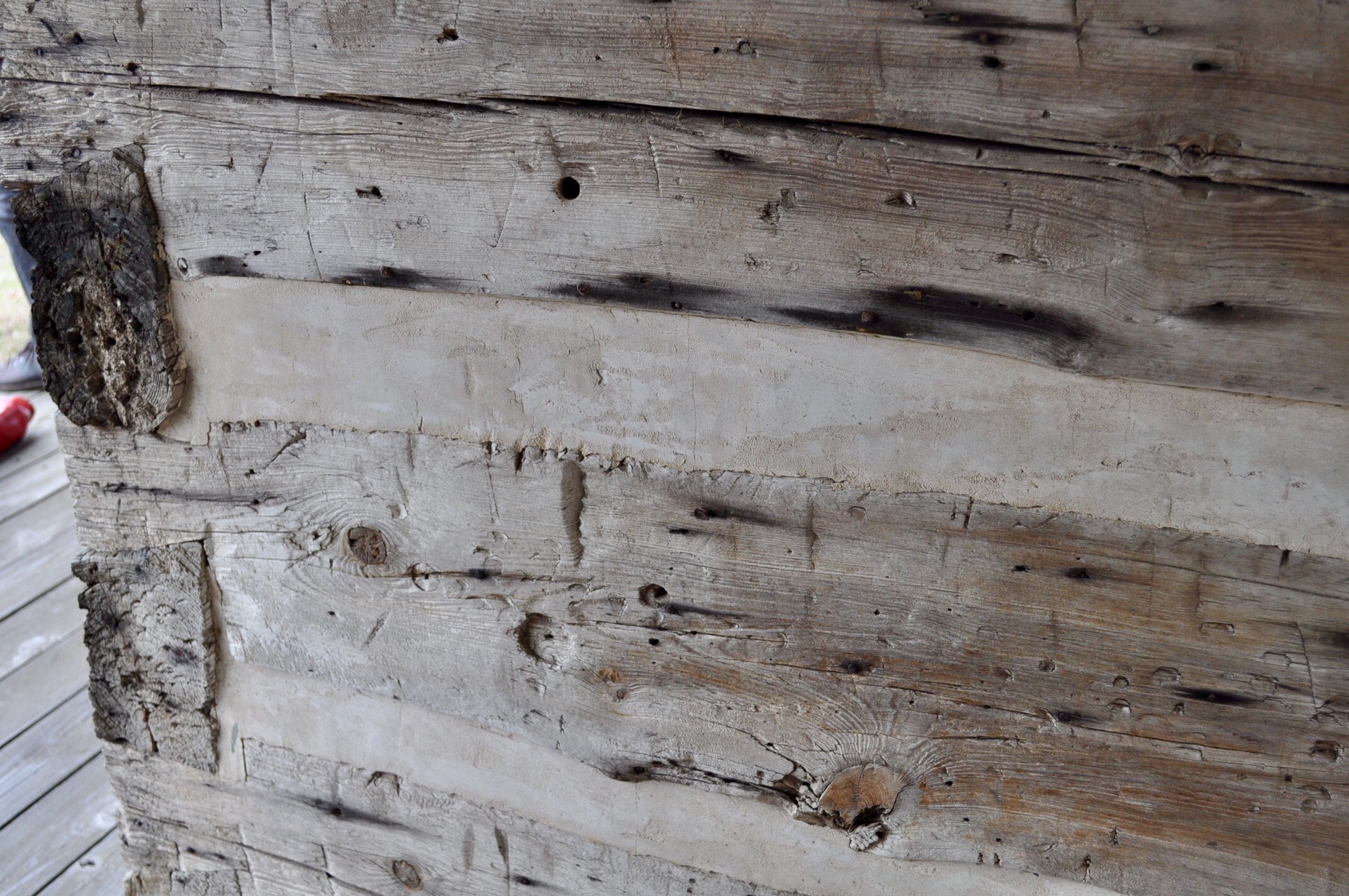
Expertly hewn notched logs
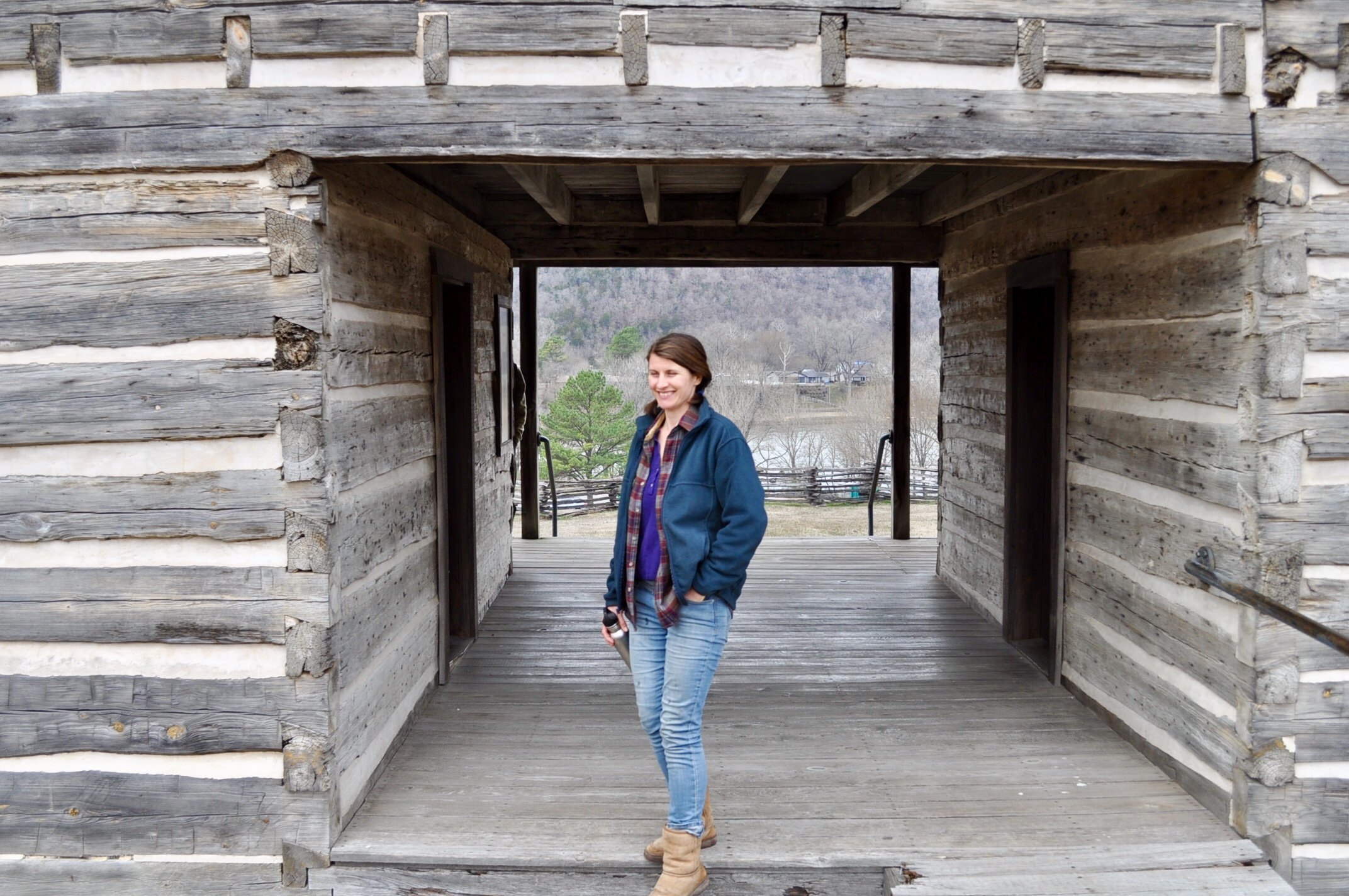
Our friend enjoying the dogtrot
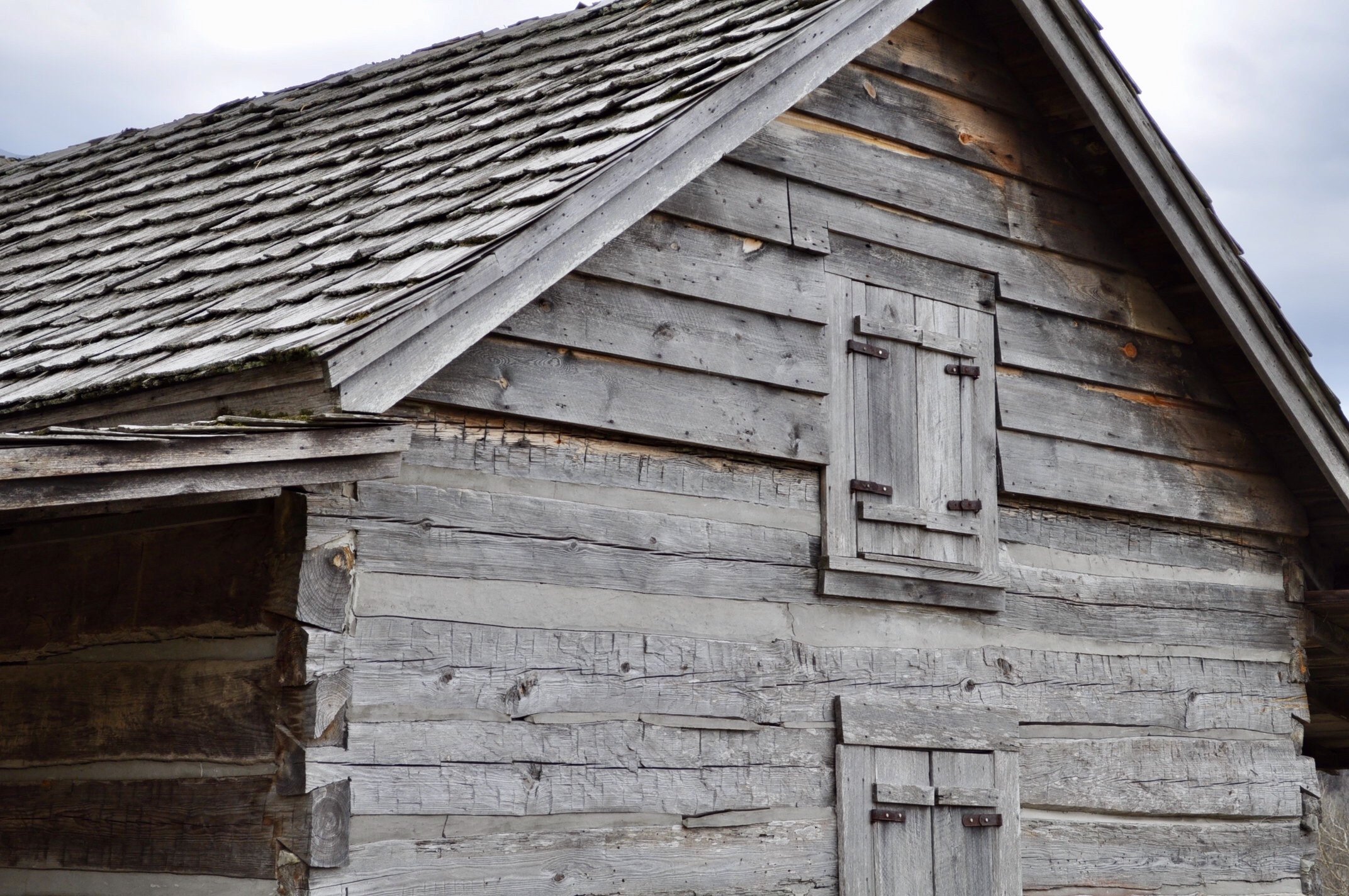
White oak shingles
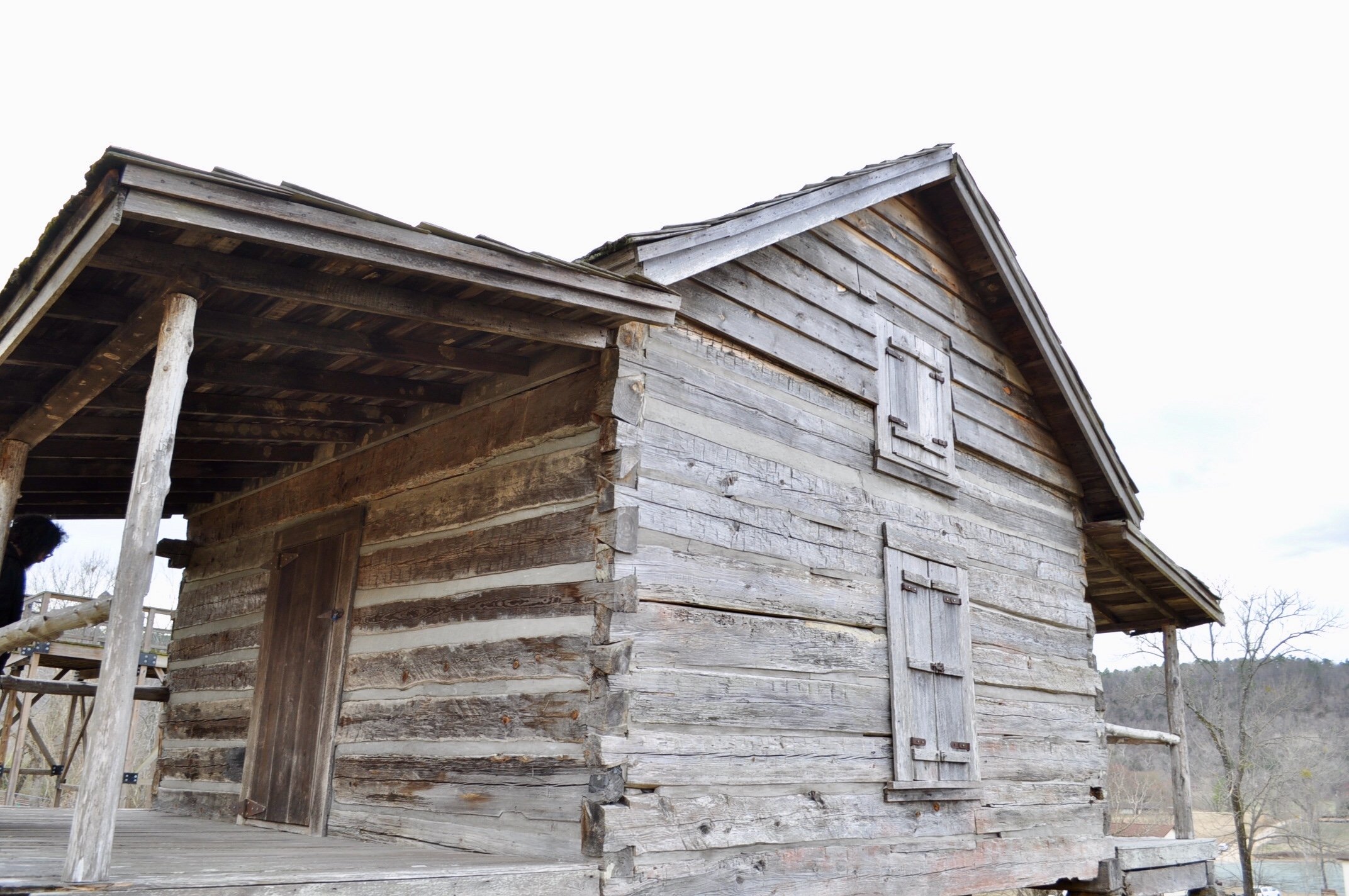
The quintessential log cabin porch
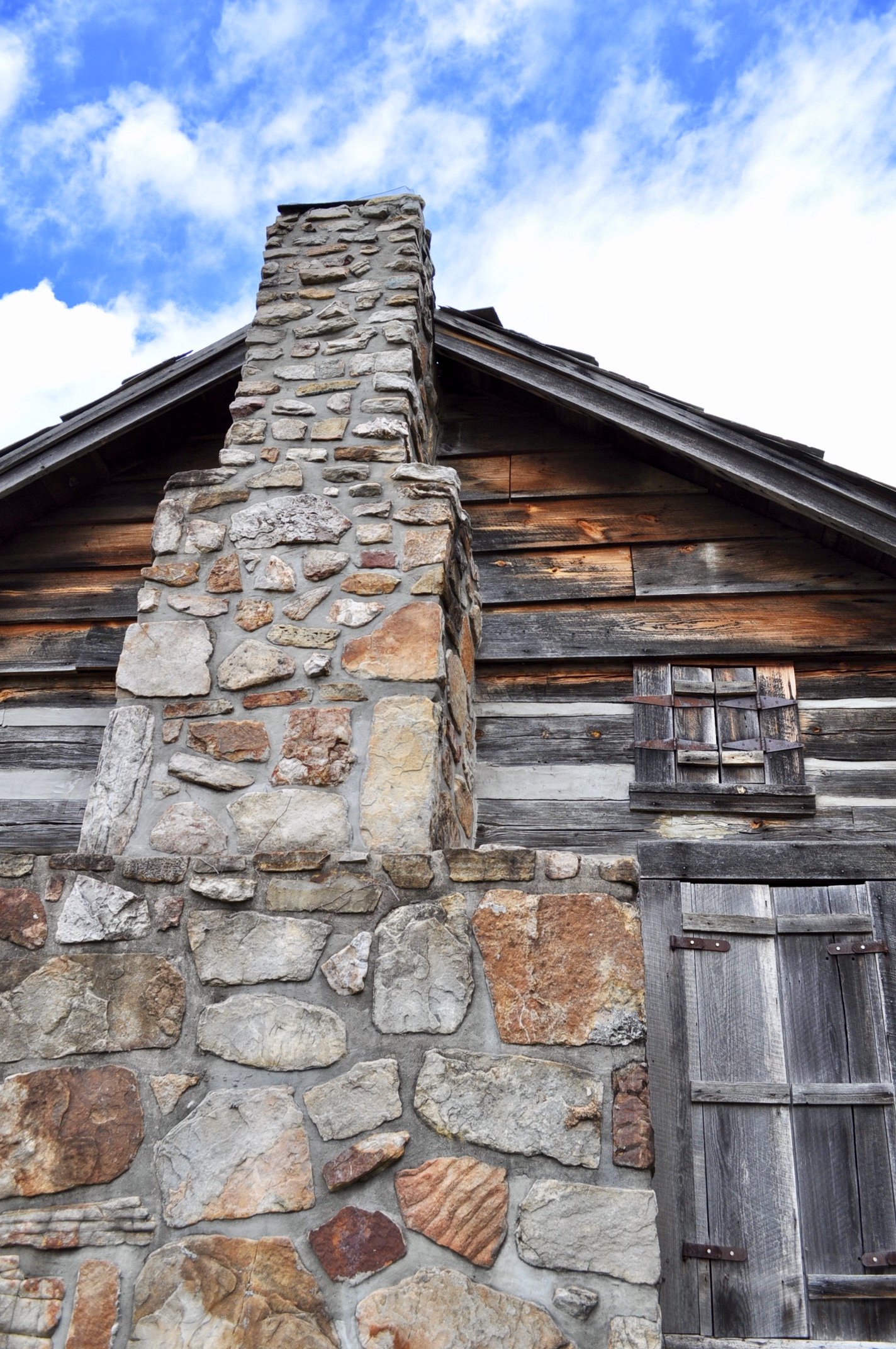
Beautifully crafted chimney
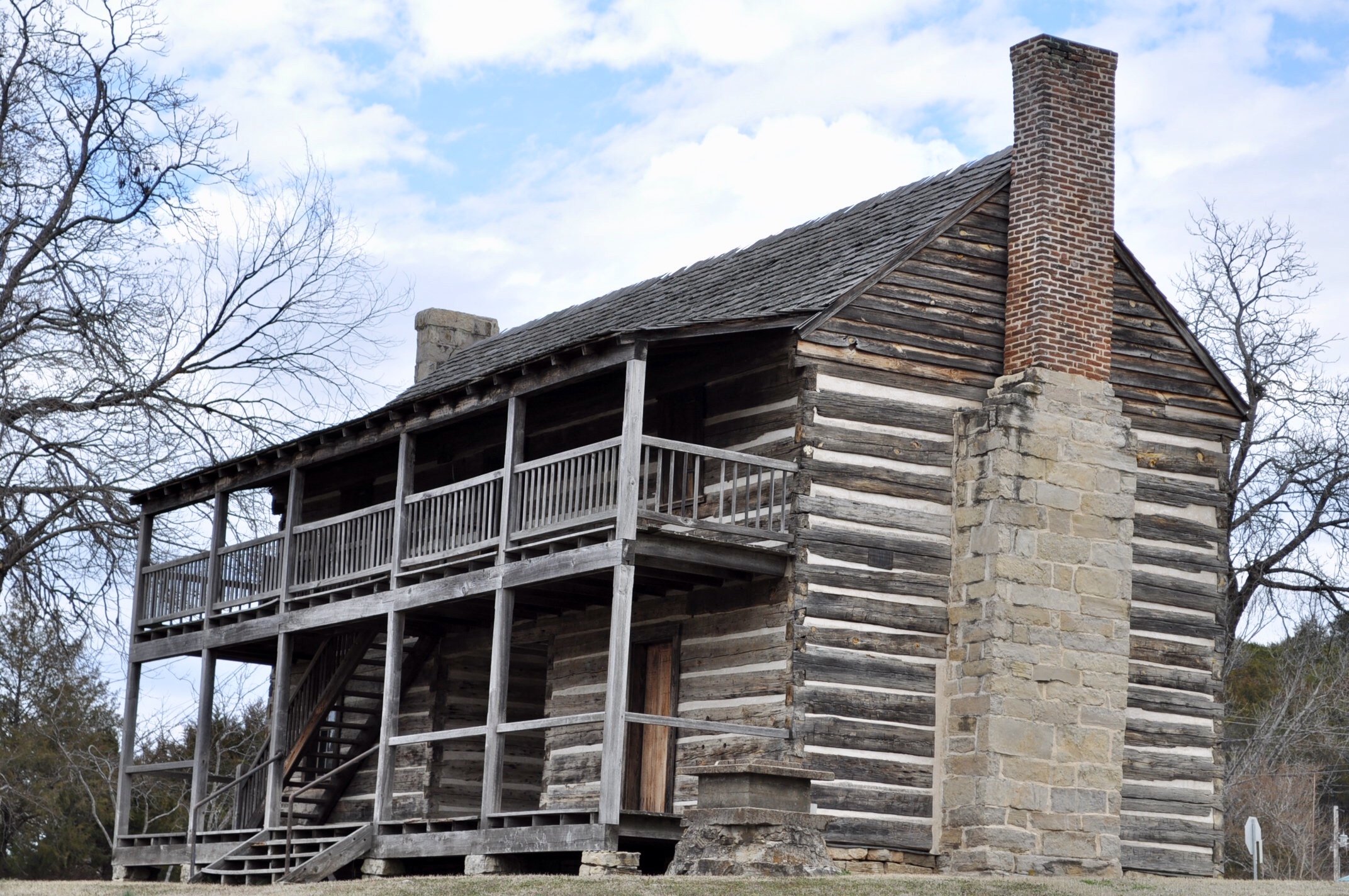
Plenty of shady balcony space
This particular site was used as parliament building in the early colonial era. By no means would this grandiose architecture be present on every homestead, but it's a great example of the beautiful fusion of form and function that can be achieved with log cabin crafting. It was built without the help of power tools and is 100% local. It has withstood the test of time and stands strong today.
When we look into the past and see the quality and attention to detail that went into the buildings, we are humbled and inspired to continue learning growing in the realm of building and other Earth based skills.
What type of buildings do you draw inspiration from?
Are there any "traditional" style type homes still existing where you live?

